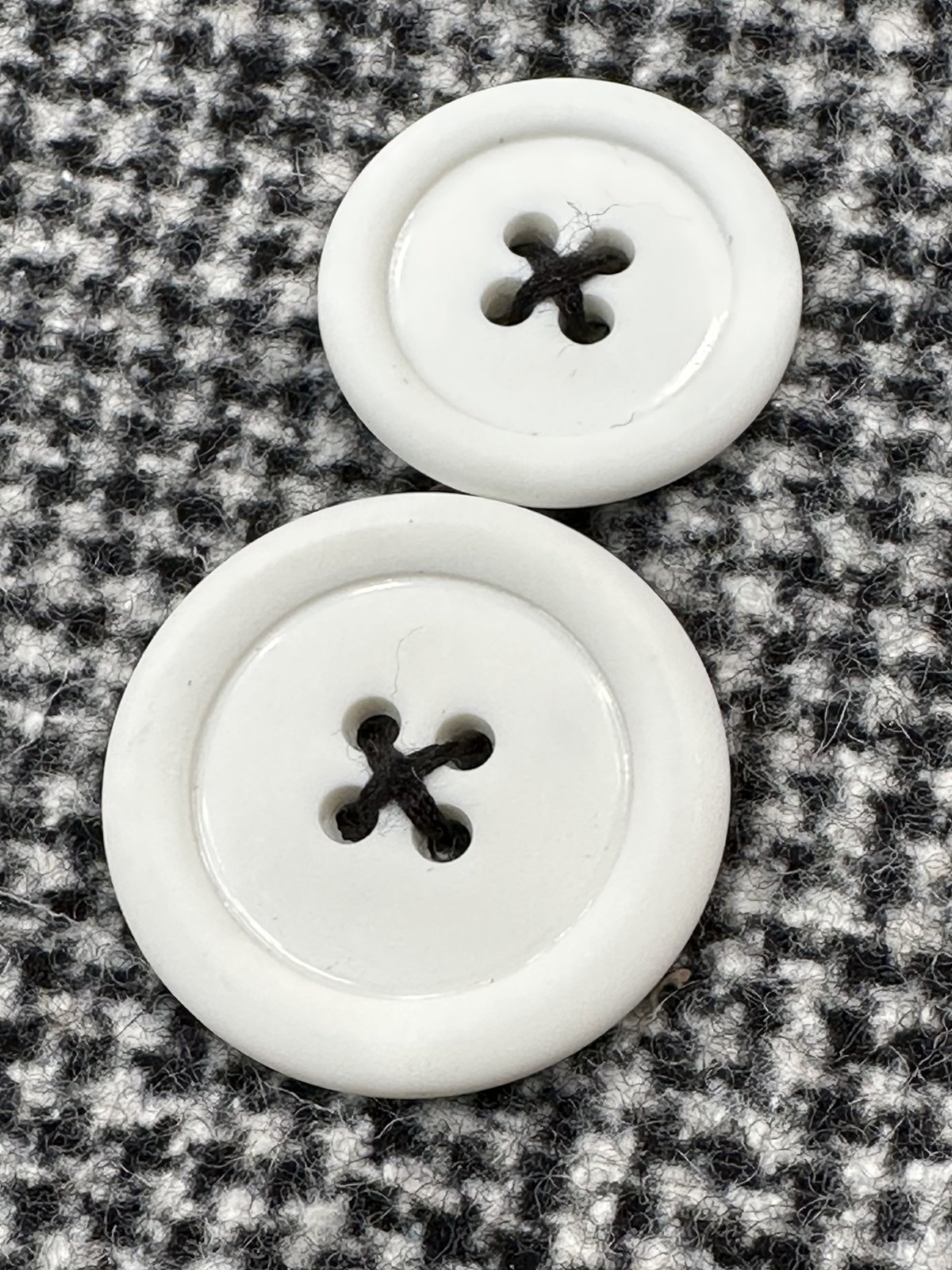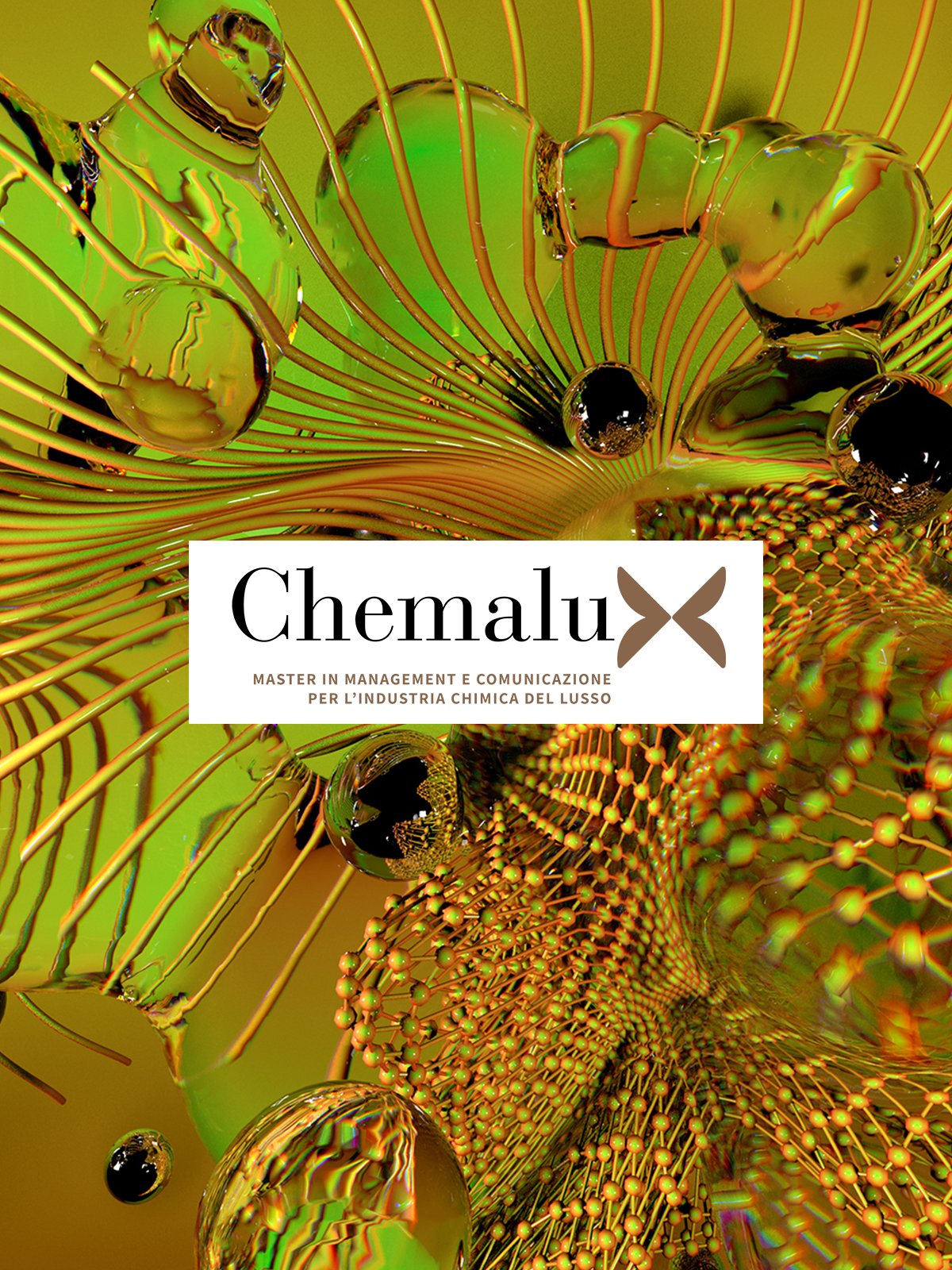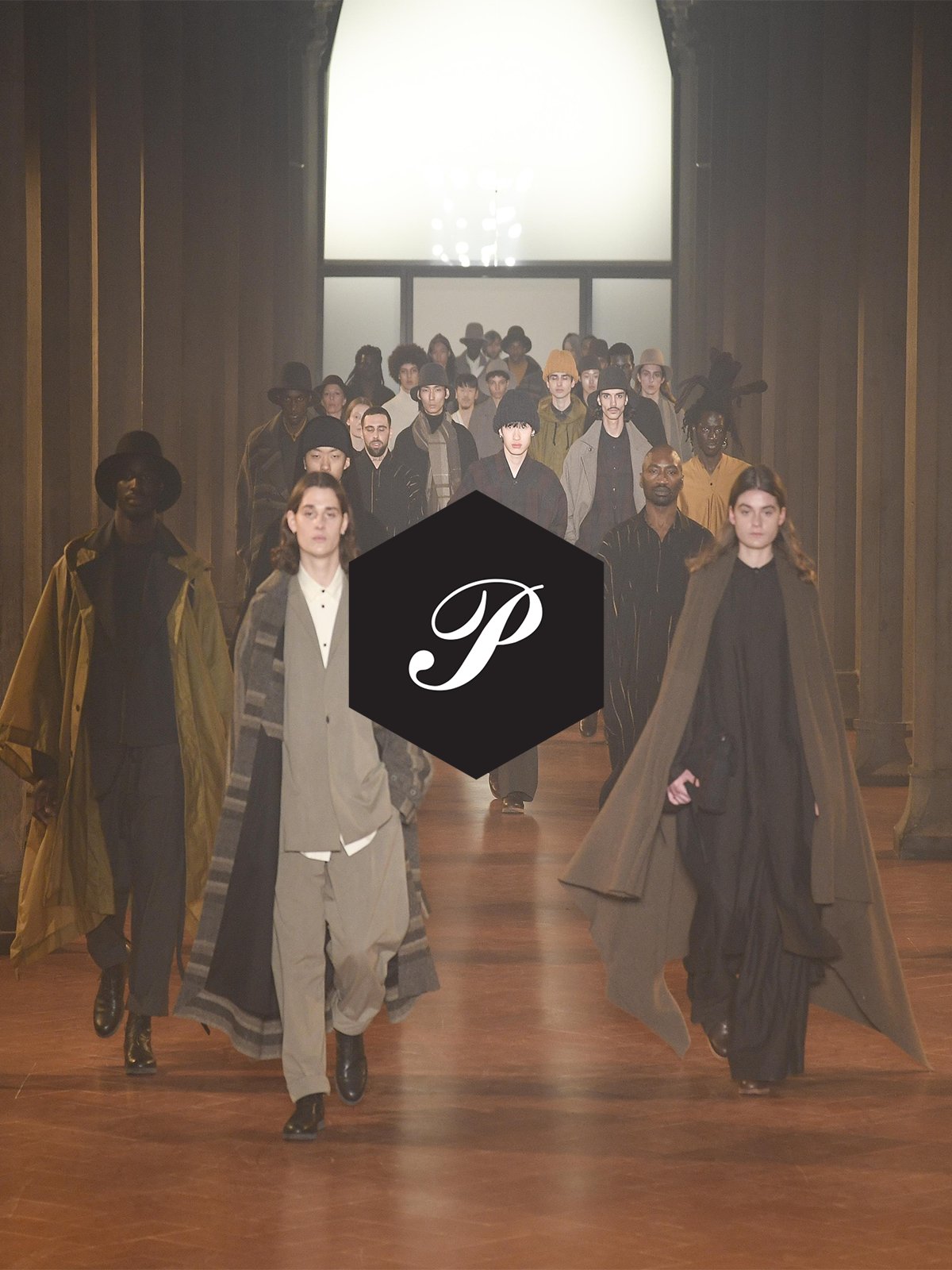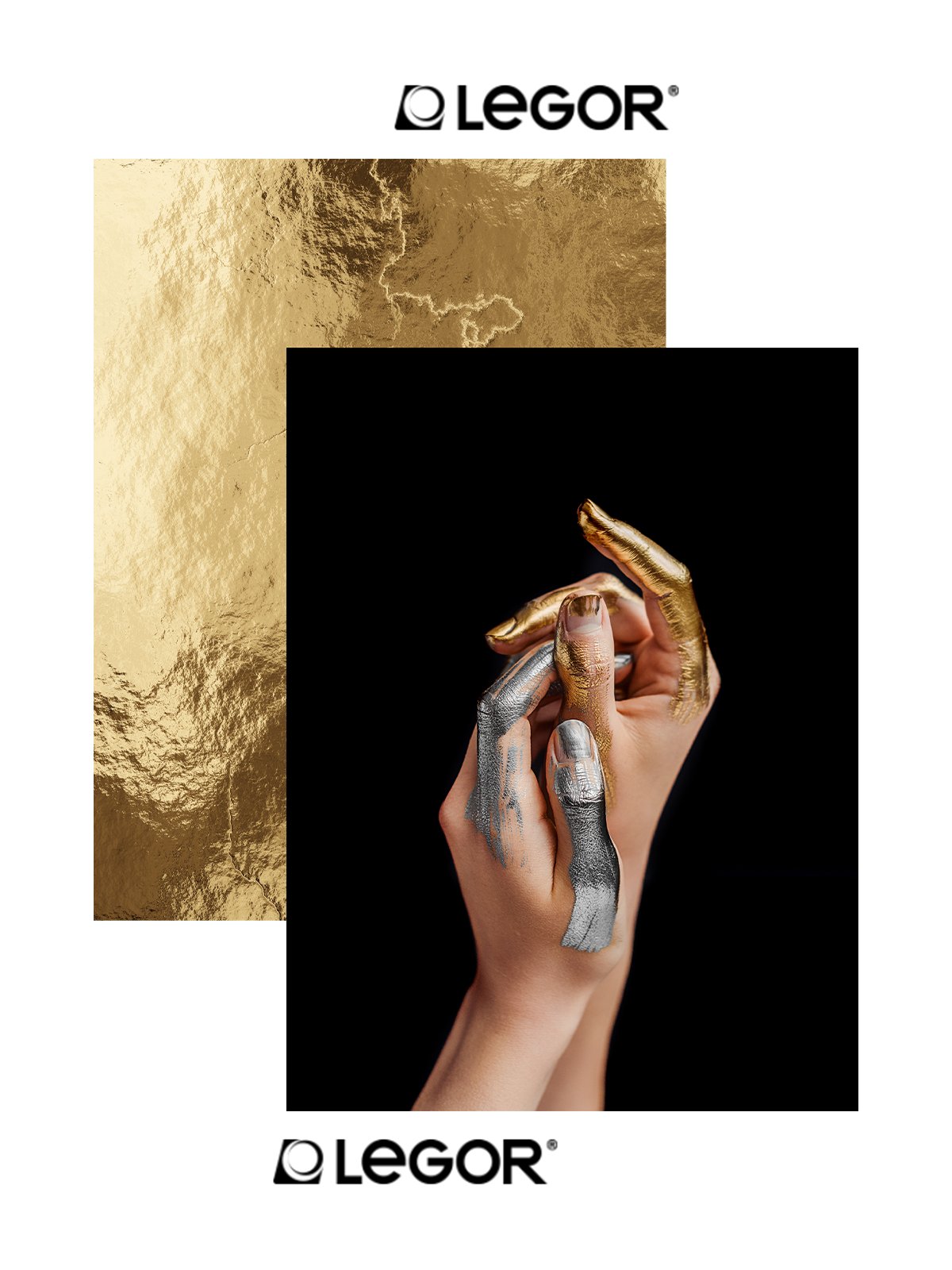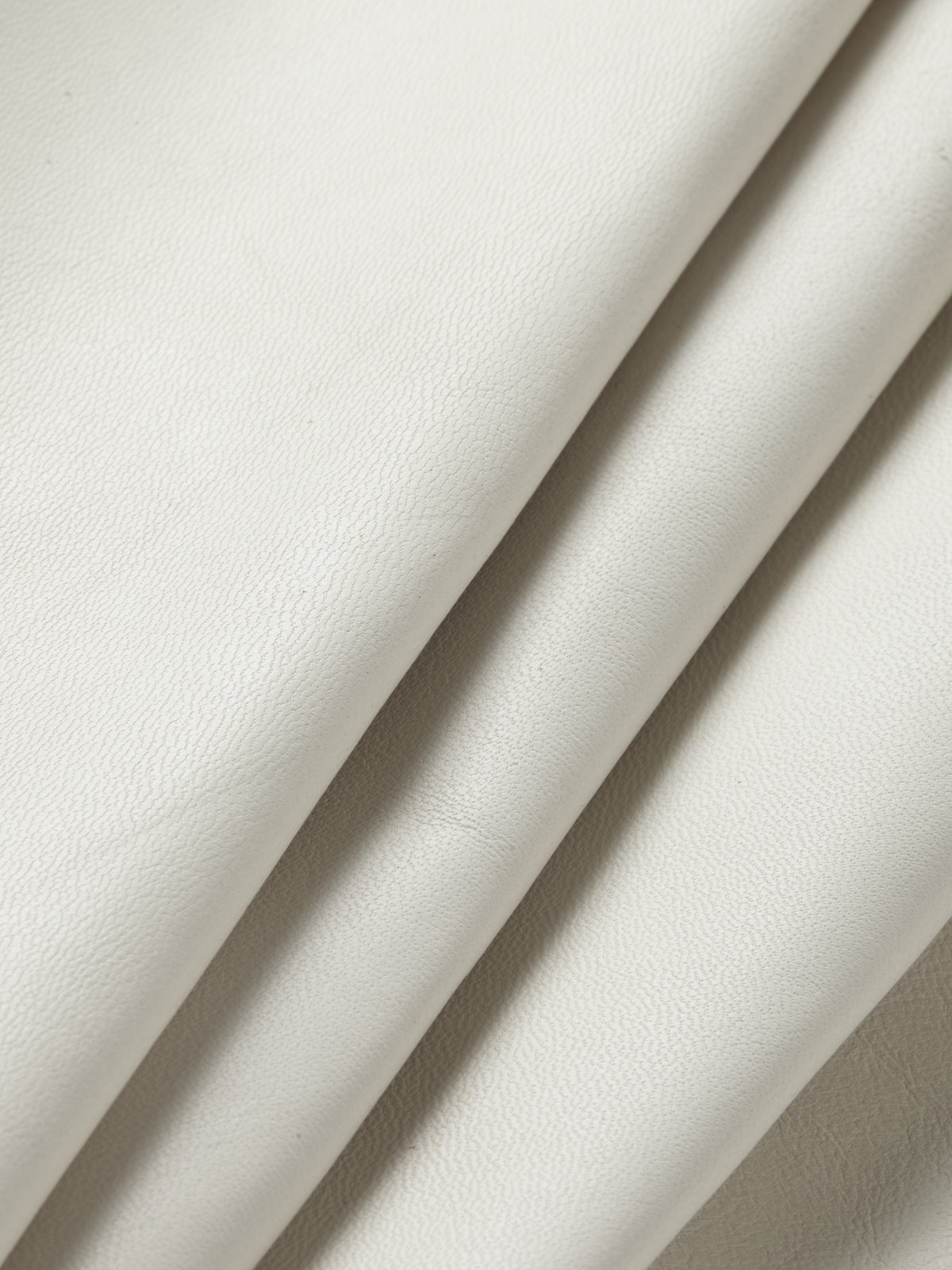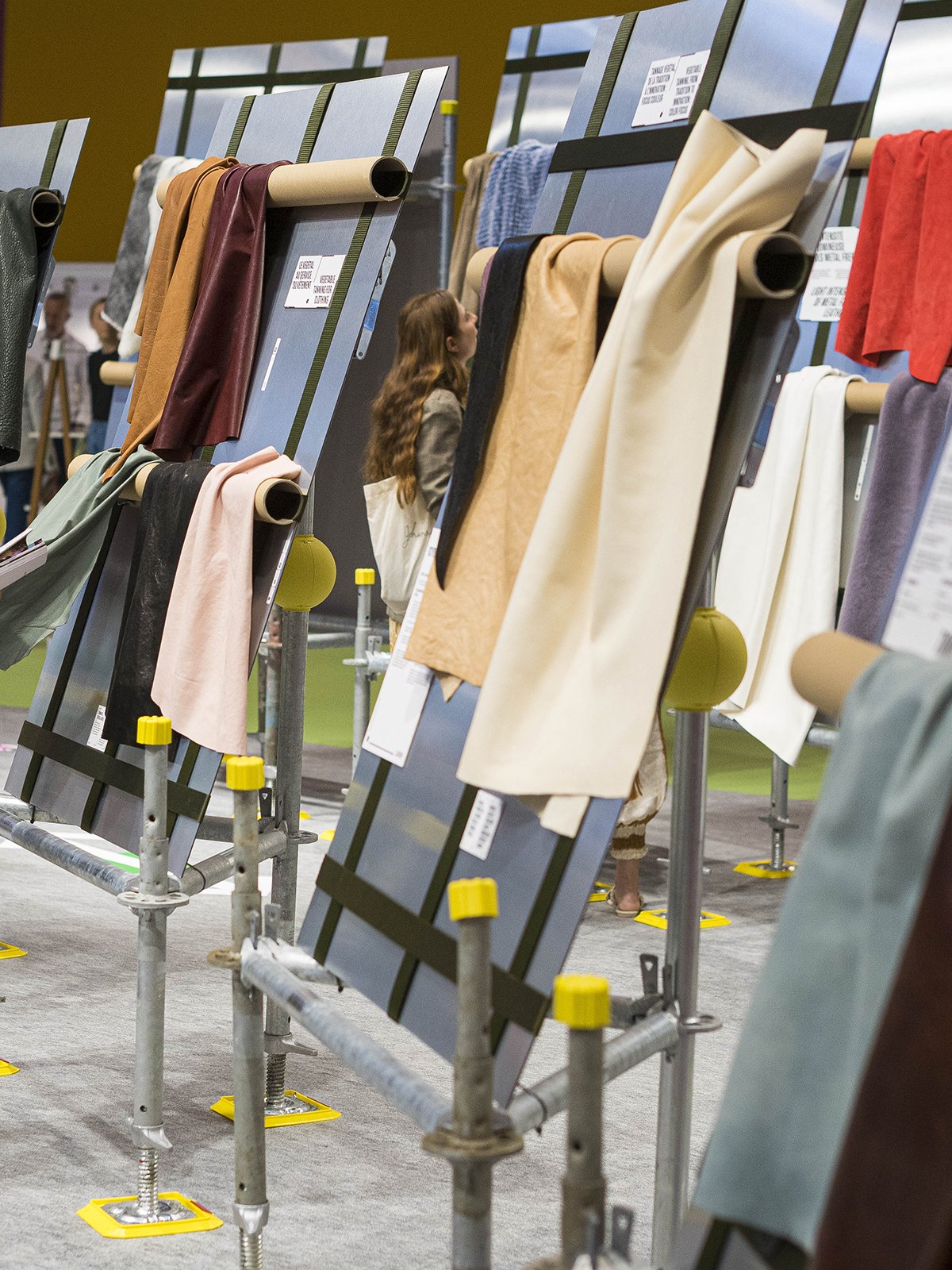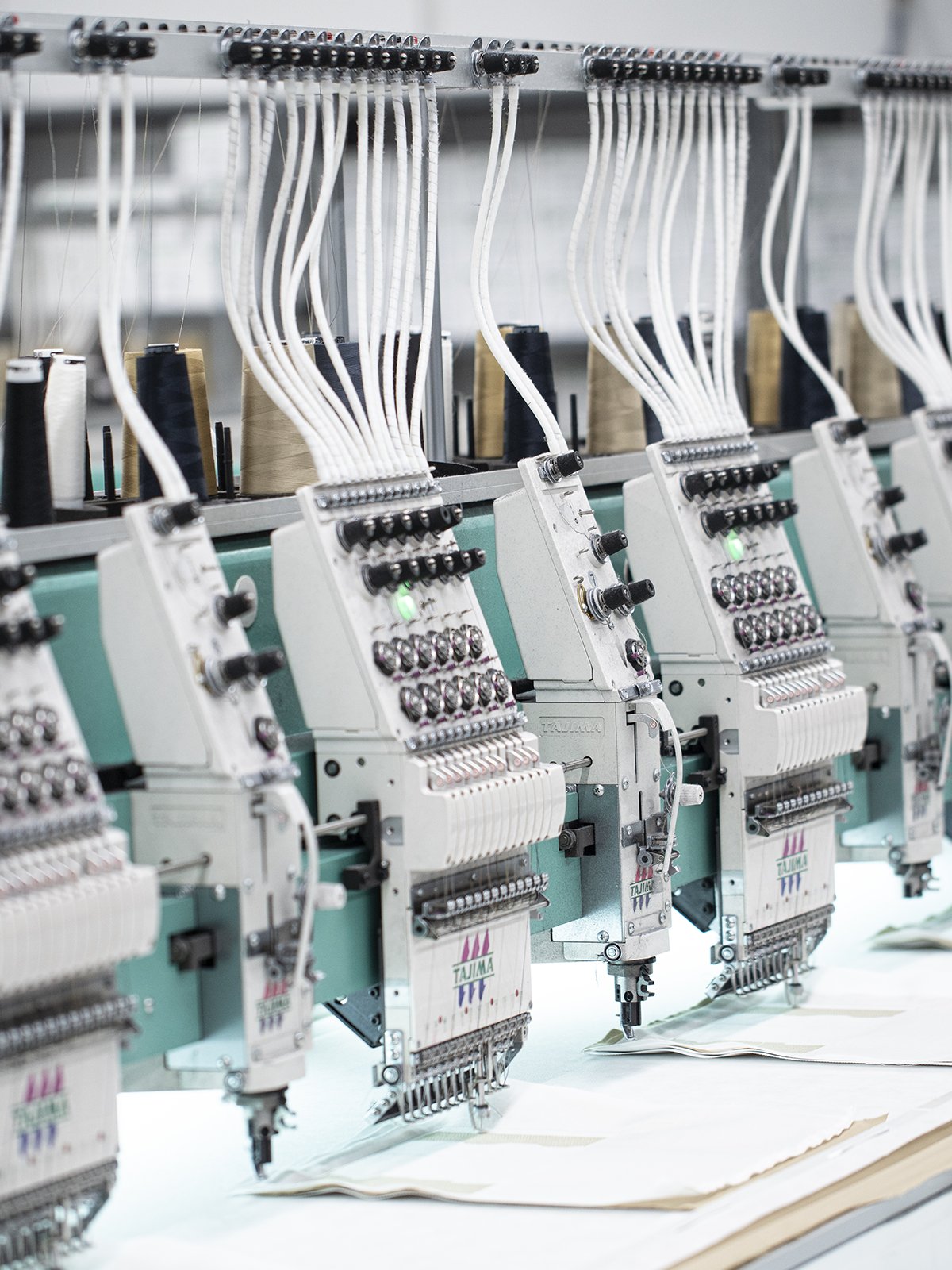News
Interview with Stefano Fadda, Art Director of Milano Unica
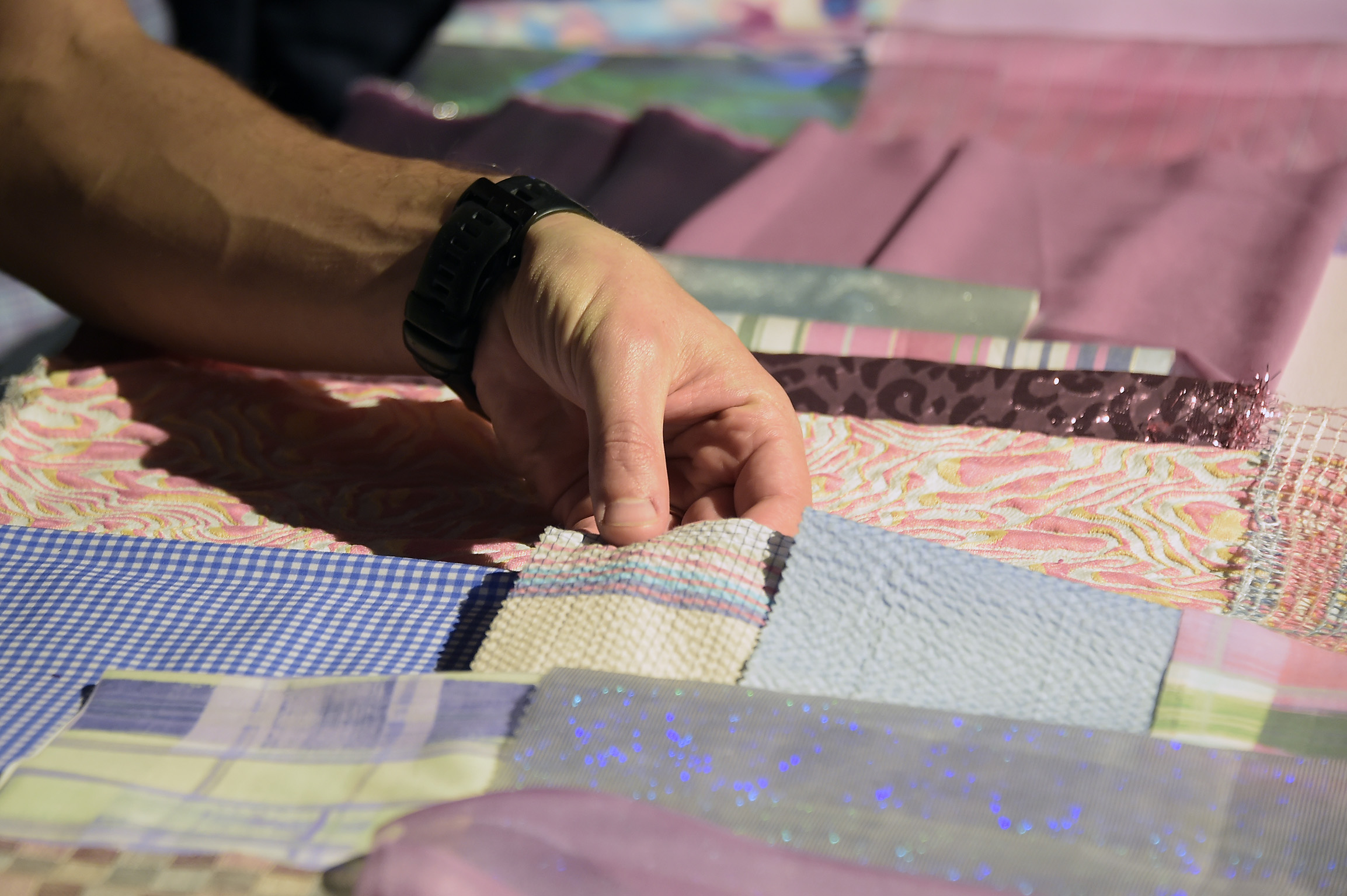
What do you think will be the strongest trends in the near future?
As outlined by the Milano Unica team, accessories and fabrics, in addition to being of quality and pleasant to the touch, today we want them to be high-performance, protective, comfortable, efficient, sexy, and resistant.
It is not for nothing that the theme of this edition of the show is "Superpower": new fabrics and accessories combine the tradition of the highest Italian craftsmanship with sophisticated technological experimentation. In this moment, we pick up a great desire for beauty and dynamism so the material proposals are aimed at conveying well-being and positive energy. The trend I see the strongest is the one that mixes deconstructed natural materials (cotton, linen, silk, hemp, light wools, etc.) with super sophisticated and technological synthetics, so as to increase their performance and make them even more appealing to the younger generations, who are very attentive to the composition of what they wear also in terms of sustainability and durability of a garment.
As far as the color palette is concerned, there are two directions: the more energizing and vibrant fluo colors, which instill joy just by looking at them, and the neutrals/pastels, perfect for proposals with a cleaner and more rigorous design, which wrap around the body like a soft shell.
How does forecaster work in practice? What are the activities that characterize trend research? How do you identify them, where do the cues come from, and most importantly, how are they "translated"?
It is definitely a job that is not for everyone, but there is no real rule...you definitely start with an artistic and sensitive personality, with a great curiosity about the world around you. For example, you used to travel a lot and get permeated by the culture of a place and encounters with different people, now with digital archives and video calls, this aspect is less prominent. As far as I'm concerned, there is an initial phase of pure research - constant, incessant - in which it is imperative to be receptive and ready to pick up stimuli from the world of art, culture, food, but also from social and young creative communities around the world. Then we move on to concretization and potential product development, which for example can consist of evaluations of how a material can evolve/be improved or how to create something new and interesting for the market. We take care to identify what is happening socially in terms of tastes and style on the international scene, then we move on to precisely identify creative strands divided into "themes," which we finally go on to suggest to the companies we consult for like Milano Unica. The world of trends is also very susceptible with respect to what happens from the production point of view: it happens more and more often then that trends are not exhausted in a single season also because, in order to have a concrete development and maybe get to create a completely new material, companies need a process of six or eight months from the technological point of view before making a prototype and then putting it into production.
We know that you as Milano Unica have collaborations with leading fashion schools and that with the "Back To School" series of meetings you give young talents the opportunity to ask questions to a leading figure in the industry. In general, how do you see the new generation of designers?
We are very proud of these exchange opportunities, in the past we invited Yohji Yamamoto, Brunello Cucinelli, Alessandro Sartori of Zegna, in this edition we will have Antonio Marras.
The Milano Unica team regularly collaborates with design and stylism schools, we organize lively talks on trends, some guys bring their projects and we evaluate them together.
We try to tell not only how to create a collection, but how to come up with designs that can work on a practical level. In any case, in my opinion the young people of today are smarter and better prepared than their peers of a few years ago. Until ten years ago, a young creative was almost an independent artist who was not interested in the market. Today's young creatives, I'm thinking particularly of the new Korean or American brands, are already super focused on the market, they have clearly in mind what they have to do, what can be sold, how to present it especially on social, that is, to a potentially endless audience. Faced with the shortage of employment in the creative field, they have reacted by creating their own jobs!

